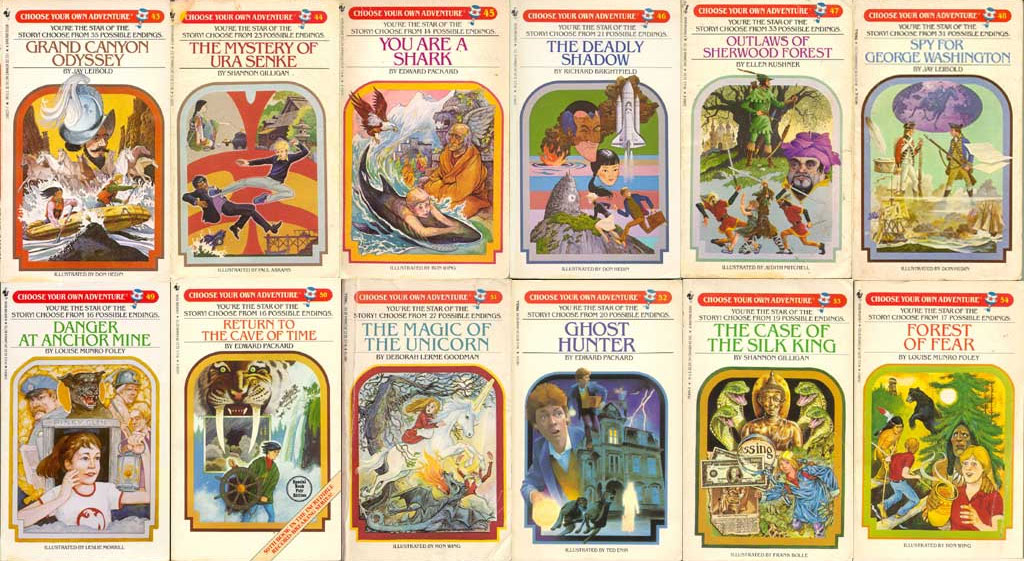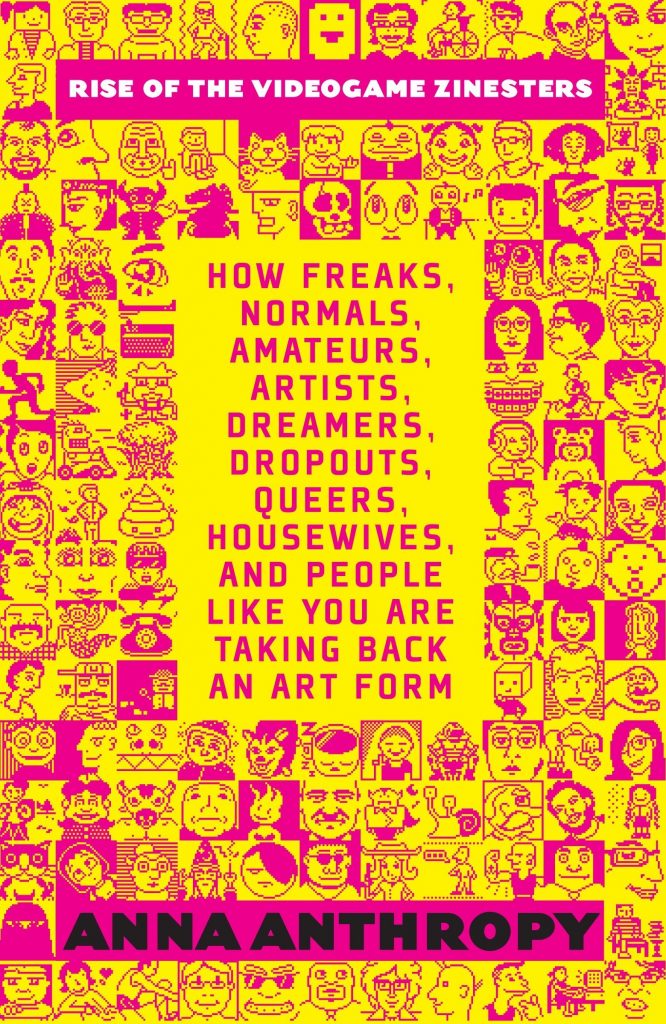Branching stories are one of earliest form of interactivity and they are typically associated to digital media but there are some precursors.
Before computers
We have to go back in time to find more “noble” precursors of non-linear and interactive storytelling.
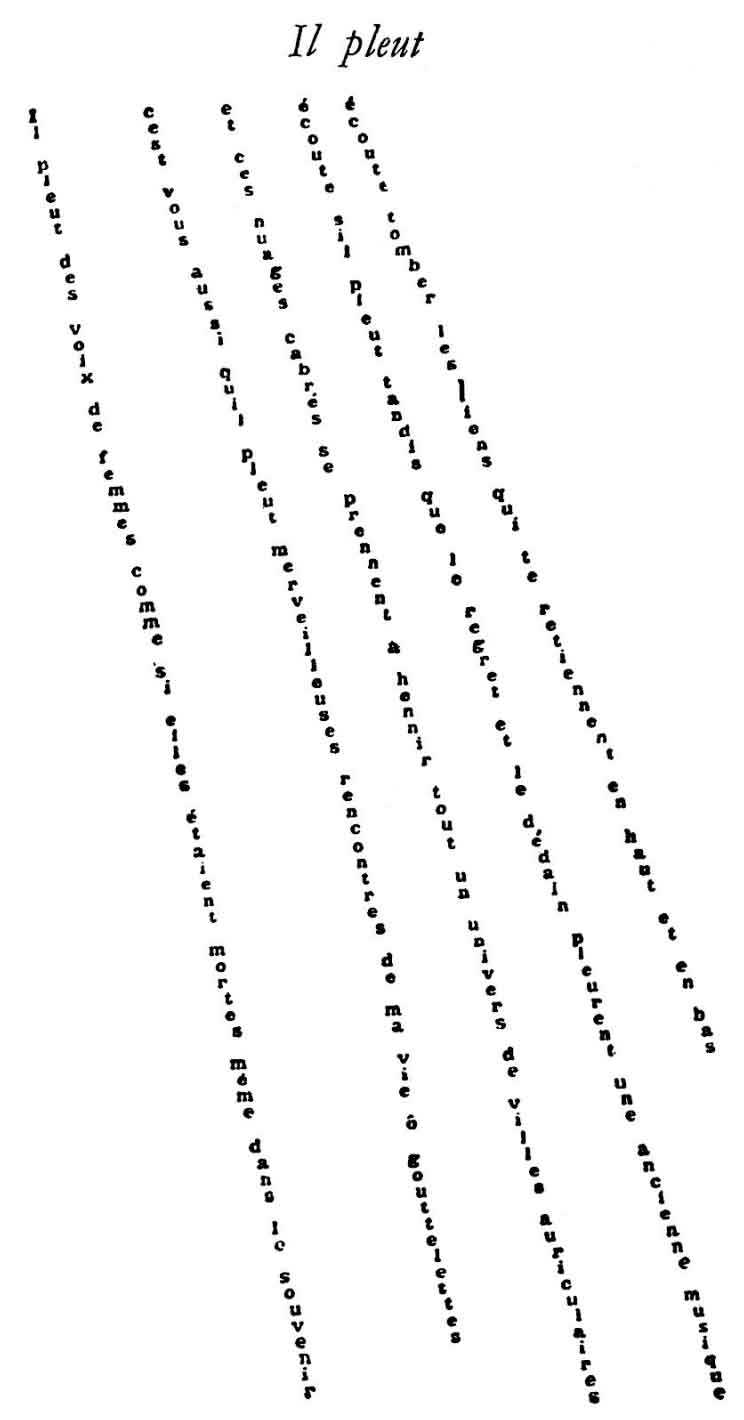
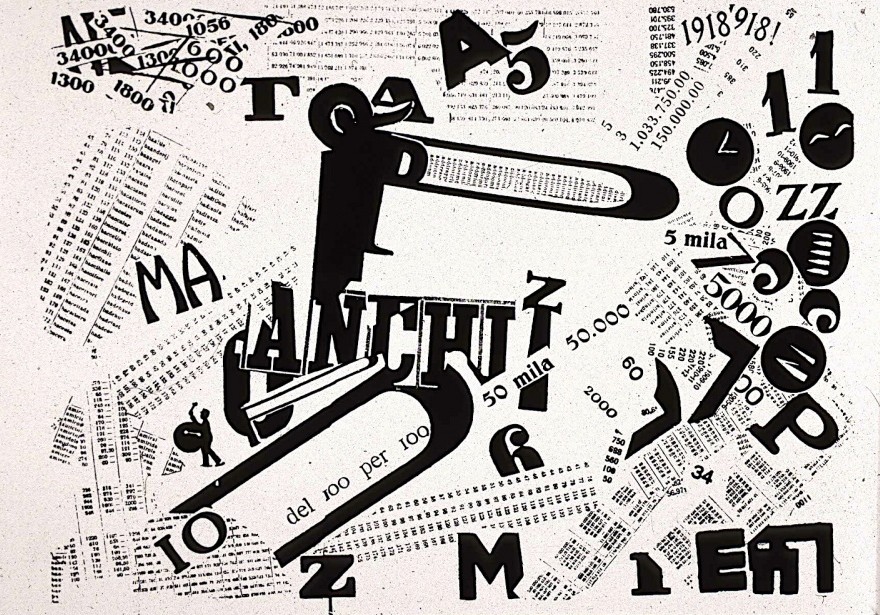
 The Garden of Forking Paths by Jorge Luis Borges (1941)
The Garden of Forking Paths by Jorge Luis Borges (1941)
In the short story a character named Ts’ui Pên tells everybody that he wanted to write a book and build a labyrinth. Nobody ever found the labyrinth, only a very confusing and contradictory book. We then discover that the book *is* the labyrinth. In the fictional book, every chapter is followed by “every” possible continuation.
"In all fiction, when a man is faced with alternatives he chooses one at the expense of the others. In the almost unfathomable work of of Ts'ui Pên, he chooses - simultaneously - all of them. He thus creates various futures, various times which start others that will in turn branch out and bifurcate in other times. This is the cause of the contradictions in the novel"
The Garden of Forking Paths - Jorge Luis Borges
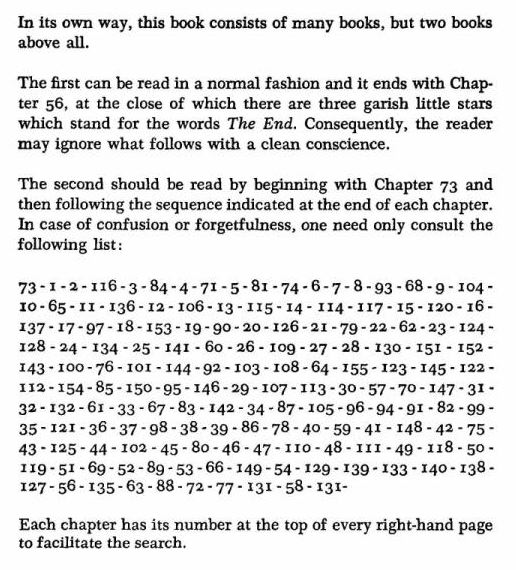
Hopscotch, Julio Cortázar (1963)
Written in an episodic, snapshot manner, the novel has 155 chapters.
The book can be read either in direct sequence from chapter 1 to 56 or by hopscotching through the entire set of 155 chapters. There are several other ways to read the novel, such as reading only the odd or even pages, or choosing chapters in completely random order. There are multiple endings.
Starting from the Mid-20th century even an inherently linear form like cinema starts to experiment with non linear storytelling and interlocked and contradictory plots.
Raymond Queneau

Founder of Oulipo – Ouvroir de littérature potentielle (workshop of potential literature).
Hundred Thousand Billion Poems (1961)

web port here
Also by Queneau: Story as You Like It (1984)
CYOA
The most popular artifacts featuring branching stories are Gamebooks or Choose Your Own Adventure books. Very popular teenage literature in the 80s and 90s.
Formal analysis of Choose your own adventure books:
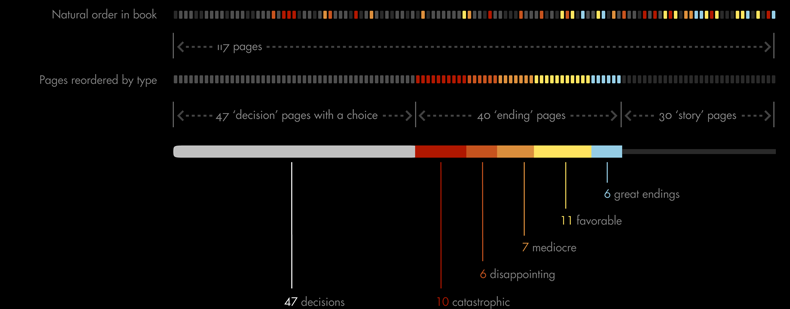
They were often game-like, with many dead ends:
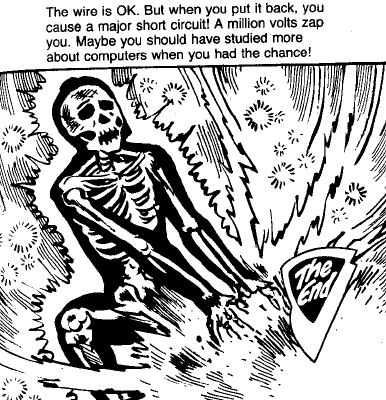
Theater
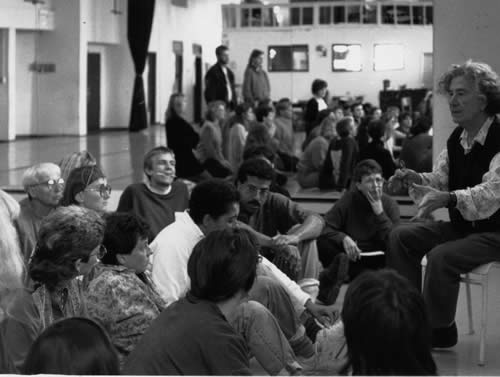
Agusto Boal’s Forum Theatre (1960)
In this process, the actors or audience members could stop a performance, often a short scene in which a character was being oppressed in some way (for example, a chauvinist man mistreating a woman or a factory owner mistreating an employee). The audience could propose any solution, so long as they conveyed it on stage, working, acting, and directing not from the comfort of their seat.
Immersive and interactive theater plays are increasingly popular and share some commonalities with games, Role playing, and LARP.
Hyperfiction
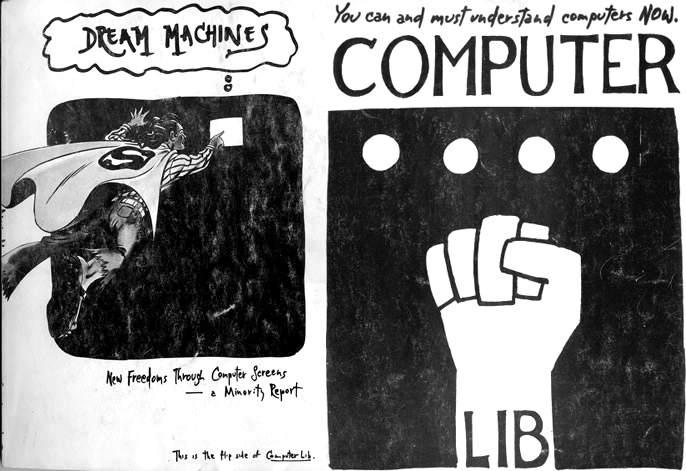
Computer Lib / Dream Machines – Theodor H. Nelson, 1974. Self produced later republished by Microsoft.
Like many early geeks, Ted Nelson saw computers and networks as empowering tools and advocated for the democratization of these technology (You can and you must understand computers now!).Personal computer = personal liberation.
Ted Nelson coined the term Hypertext in the 60s.
“A system of non-sequential writing that would allow the reader to aggregate meaning in snippets, in the order of his or her choosing, rather than according to a pre-established structure fixed by the author.”
Years before the world wide web was implemented. A visionary application called Hypercard (1987-) already tried to make hypertext creation accessible to anybody
The concept of hypertext is now familiar to anybody thanks to the World Wide Web (invented in 1990 and popularized in 1995 with the invention of modern browsers) but in the 80s it was a quite exotic medium, especially for non-utilitarian uses.
Still some fiction writers started to experiment with the hypertext as literary form.
Afternoon, a story by Michael Joyce (1987)
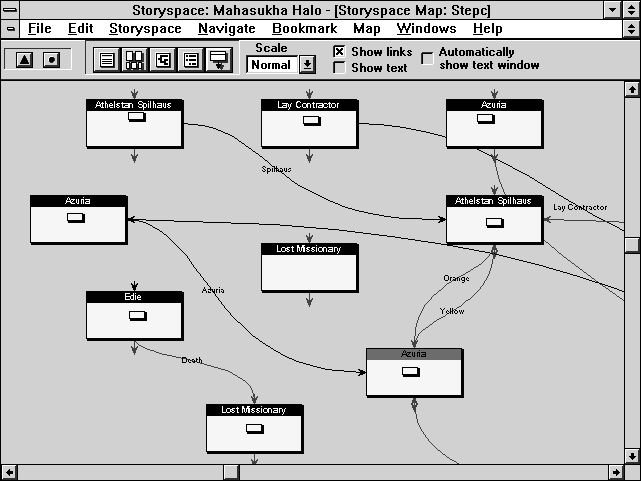
You can read Afternoon, a story online here
And “253” by Geoff Ryman here originally published in 1996.
Hyperfiction had a renaissance in the 2010s thanks to Twine and a new wave of authors committed to make game development more accessible and inclusive.
Interactive movies
The first interactive movie, Kinoautomat from 1967, had a simple branching structure
“The film is a black comedy, opening with a flash-forward to a scene in which Petr Novák (Miroslav Horníček)’s apartment is in flames. No matter what choices are made, the end result is the burning building, making the film —as Činčera intended— a satire of democracy”
In the 90 there have been a few unsuccessful experiments with interactive films, both in theaters and using DVD and CD roms.
The form had a recent revival thanks to Netflix’ interactive features:
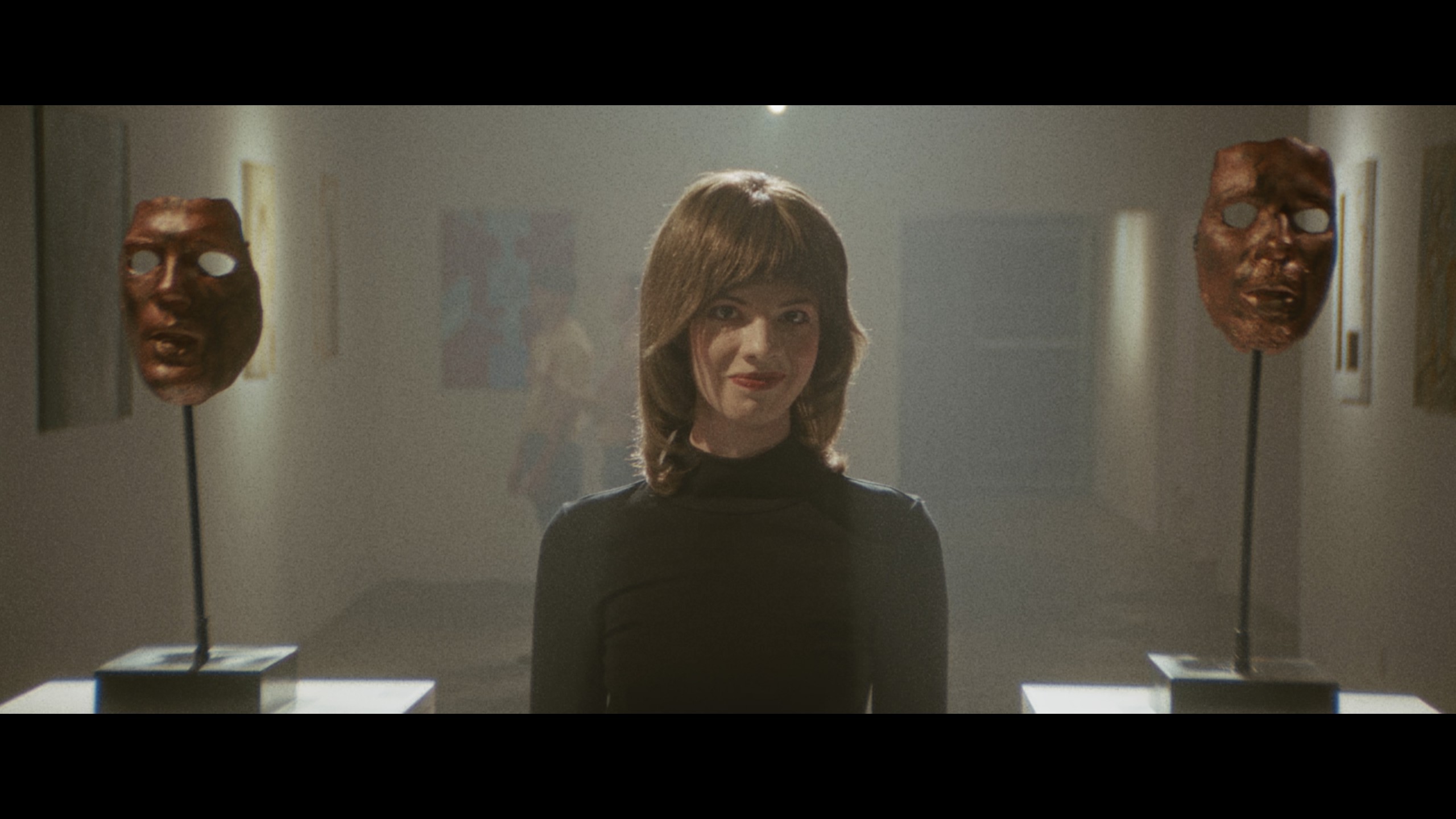 Immortality lets you navigate an archive of footage from unfinished movies through match cuts (visual associations) like a truly non linear hypertext.
Immortality lets you navigate an archive of footage from unfinished movies through match cuts (visual associations) like a truly non linear hypertext.
If you are interested in branching videos I made an engine that facilitates that kind of work
Narrative Games
The Stanley Parable employs an unreliable and antagonistic narrator.
Bury me my love follows Nour, a Syrian migrant trying to find her way to Europe. Her husband Majd, who remains behind in Syria, communicates with Nour through a messaging app, helping her make the best decisions. It’s based on interviews with Syrian refugees.
The game is best played in “real time” with messages from Nour arriving as app push notification over the course of the day.
80 Days combines resource management and branching storytelling at different levels
Goodbye Volcano High doesn’t have spatial agency, the chapters are linear, but offers plenty of choices in the dialogues, since the focus is on maintaining relationships and negotiating your aspirations with those of your best friends.

